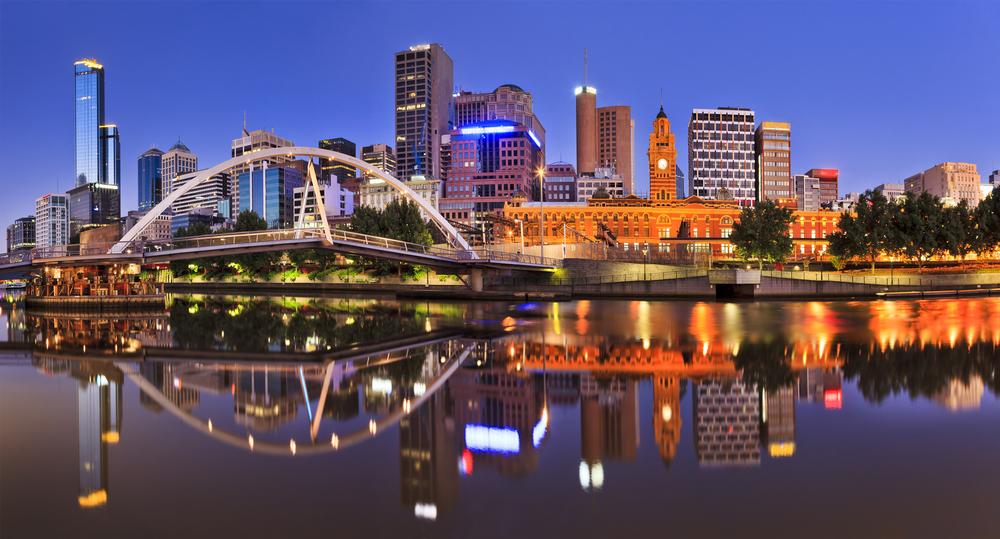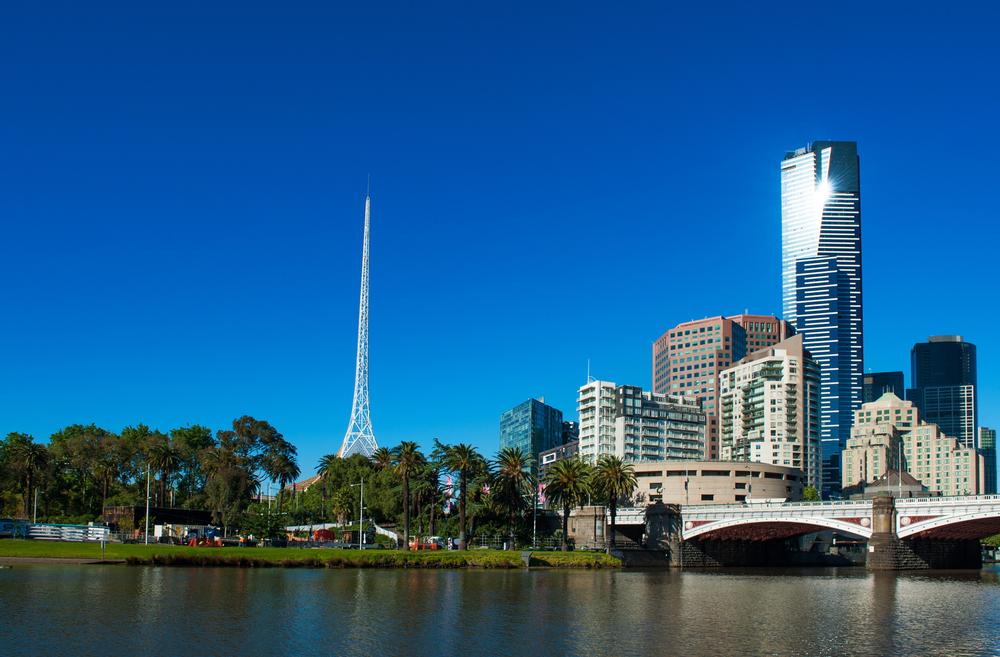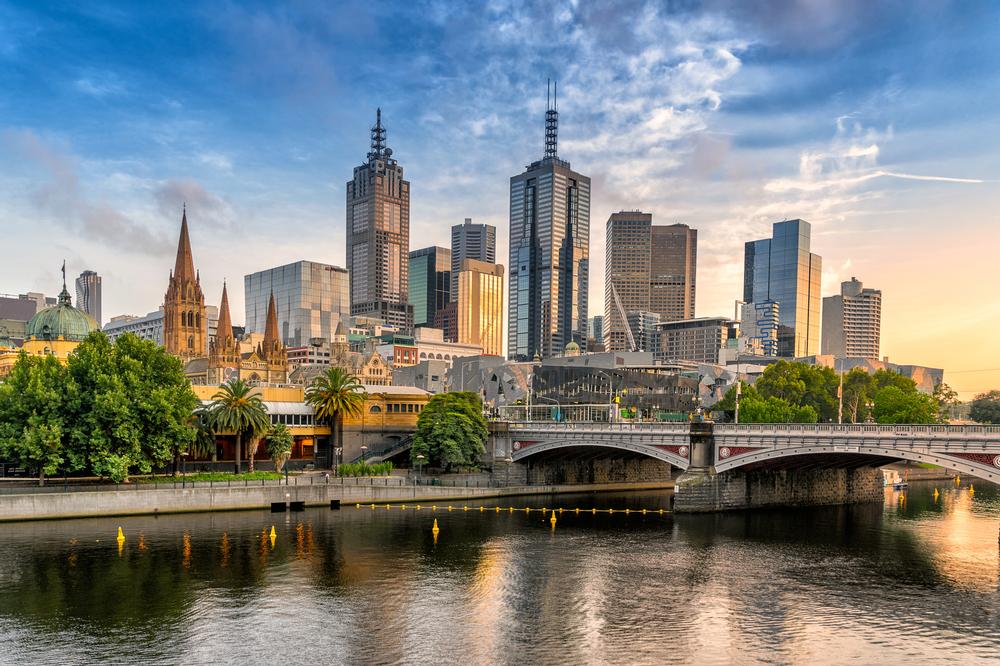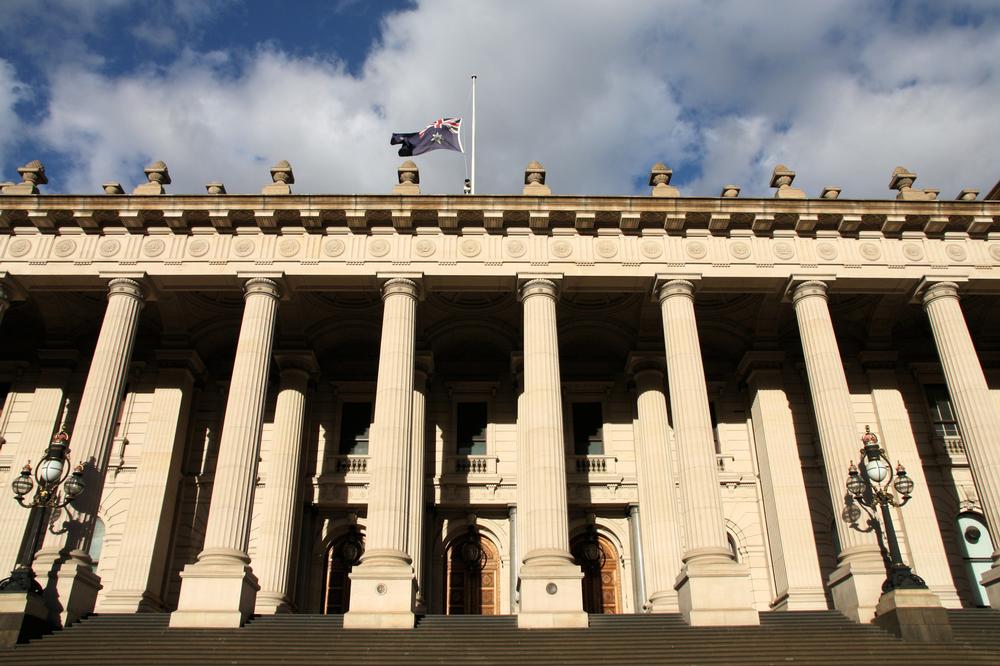- When is the best time to visit Melbourne?
- The best times to visit Melbourne are March to May (fall) and September to November (spring), when the weather is mild and the crowds are smaller.
- When is the peak tourist season in Melbourne?
- The peak season runs from December to February, which is summer in the Southern Hemisphere. During this time, warm temperatures and festivals attract many visitors.
- What is Melbourne’s weather like in the winter?
- Winter in Melbourne lasts from June to August. It is colder than in other Australian cities, but this is a great time to visit with fewer crowds and lower hotel rates.
- When can I see Melbourne’s fall foliage?
- The best time to see fall foliage in Melbourne is from March to May, when the trees turn gold and red.
- What is the best time for winter sports near Melbourne?
- If you’re interested in winter sports, visit between June and August to hit the slopes of Mt. Victoria and other ski resorts.
- When is the best time to see Melbourne’s gardens and flowers?
- Melbourne’s gardens and flowers are at their best from September to November, making this a great time for nature lovers.
- Is Melbourne an expensive city to visit?
- Melbourne can be expensive during peak season (December to February). To save money, visit in the off-season (June–August) when hotel rates are lower.
Weather by Month:
Resources:
NOAA
AMS
The Weather Channel
🖋 How did I do?
Is the article too broad, too narrow, or just right ? Do you like the presentation of photos and text? Let me know in the comments! If you want to see more in this location, I can put it on my editorial calendar. I'm listening!
Plan Your Trip












